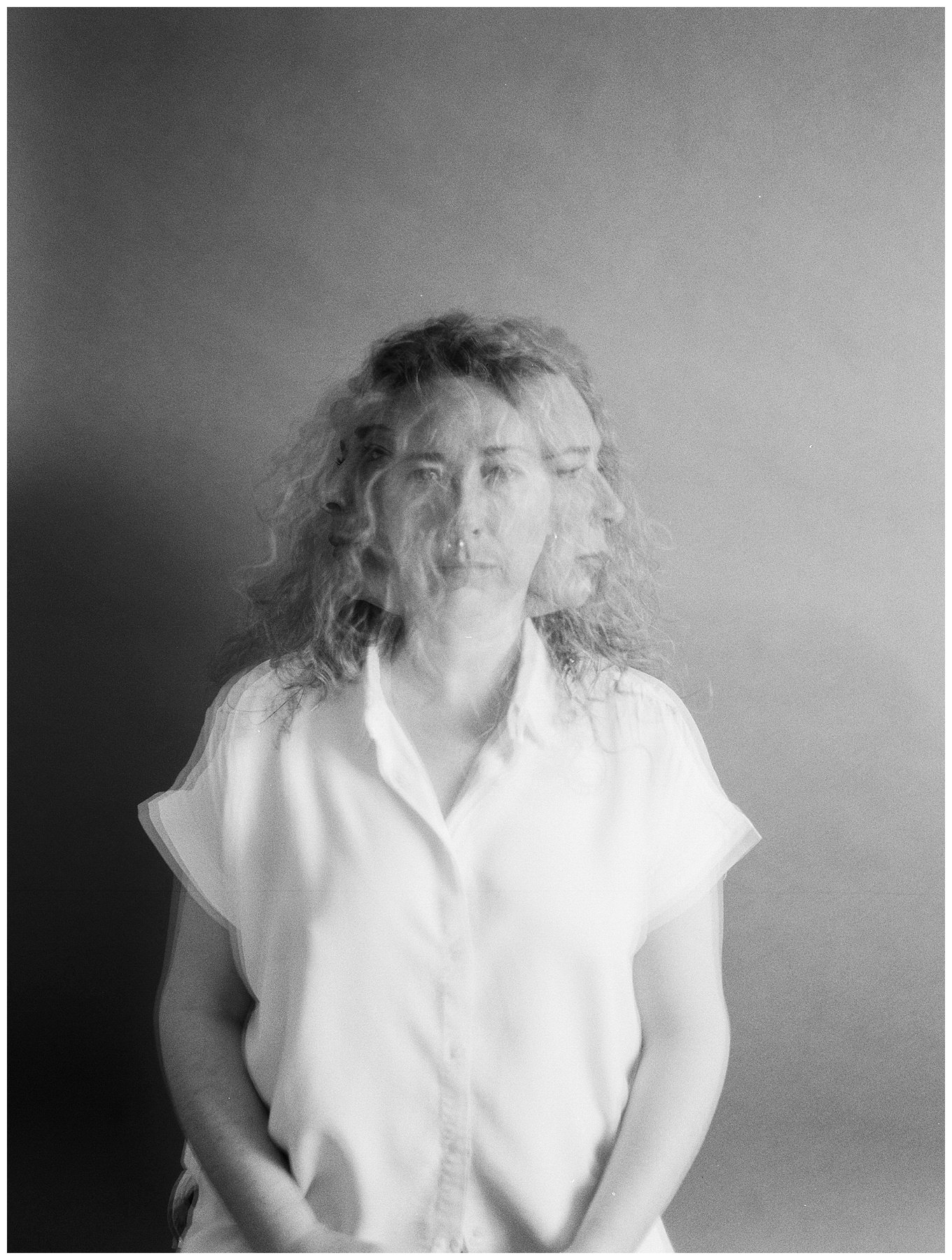Developing Black-and-White Film at Home | Alison Hatch Photo
There’s something about film photography that keeps us coming back. Maybe it’s the way it slows time down, how it demands patience and presence. Or maybe it’s that intoxicating feeling of holding something real in your hands—an image you made, not just pixels floating in the void. And let’s be real: the anticipation of developing film is its own kind of high.
If you’ve never developed your own film, I get it—it sounds like some kind of alchemy, like you need a darkroom and a PhD in chemistry. But here’s the truth: it’s easier than you think. And Cinestill’s Df96 Monobath makes it stupidly easy. This single-step chemical means no juggling multiple bottles, no stress over exact timing, no “oops, I forgot the fixer” moments. Just pour it in, agitate, rinse, and boom—you’re basically a magician.
Let’s get into it.
Why Cinestill Df96?
Because we are busy, impatient creatures who still want beautiful results.
Df96 is an all-in-one chemical that develops, stops, and fixes in one go. No need for multiple steps, no need to mix different solutions—it’s the lazy genius of film developing (and I’m not to admit that I can be lazy). It’s perfect for beginners or anyone who doesn’t want to turn their bathroom into a full-scale chemistry lab. And let’s be real, the fewer chemicals we have to store (and inevitably spill), the better.
What You’ll Need
Before we dive in, gather your tools like the film-developing artist you are:
A roll of exposed black-and-white film (otherwise, what are we even doing here?)
Cinestill Df96 Monobath
A film developing tank and reels
A thermometer (temperature is key—just like in cooking or coffee)
Measuring cups or graduated cylinders (because eyeballing chemicals is how you make mistakes)
A changing bag or completely dark space (your bathroom with a towel under the door can work)
A timer (your phone will do just fine)
You can find all these products in my Amazon store front HERE. (Yes, it is an affiliate link. A girl’s gotta eat.)
Step 1: Load Your Film
This is the part where you channel your inner ninja—because it has to happen in total darkness.
If you’re using a changing bag, shove everything inside—film, tank, reels—and zip it up. Now, carefully spool the film onto the reel. (I highly recommend watching some youtube videos on how to load the specific reel and tank that you have.) You will drop it at least once. You will curse. That is part of the process. Keep going. Once your film is on the reel, seal it inside the tank tightly (seriously, double-check) before stepping back into the light like the victorious artist you are.
Step 2: Mix and Measure
This part is not an exact science. Oh wait—actually, it is.
Follow the Df96 instructions to dilute it with water. Now, here’s the one thing you actually have to pay attention to: temperature. The ideal range is 27°C (80°F), and if it’s too far off, your results can be unpredictable (which is only fun in art, not chemistry). Cinestill makes this easy with instructions on adjusting timing for different temperatures. Just don’t wing it—unless you enjoy ghostly, underdeveloped negatives.
Step 3: Develop
Okay, moment of truth. Pour the Df96 into your tank, start your timer, and agitate (shake gently, don’t go wild) for the first 30 seconds. Then, let it rest, giving it a little swirl every 30 seconds to keep the magic happening.
The whole process takes 3-6 minutes, depending on temperature. It’s basically making tea, except the tea is your art, and you don’t drink it (please don’t drink it). Once time’s up, pour out the monobath—it’s reusable, so don’t toss it!
Step 4: Rinse and Hang
Time to clean up your masterpiece. Rinse the film under running water for a few minutes to wash away any remaining chemicals. Then, carefully unspool your film and try not to scream when you see actual images appearing.
To dry, hang your film in a dust-free area. Bathrooms are great for this—run a hot shower for a minute beforehand to knock dust out of the air. If you’re feeling extra fancy, use film clips, but honestly? Clothespins work just fine.
Why This Matters
Developing your own film is a power move. It means you control the process from start to finish, and you don’t have to send your art off to a lab and hope for the best. It’s also weirdly therapeutic—there’s something about the ritual, the hands-on magic of it all.
And hey, your first roll might be a little wonky. Maybe you over-agitated. Maybe you didn’t get the temperature quite right. That’s okay. Film photography isn’t about perfection—it’s about process, about learning, about loving the unexpected. So keep going!
Because that feeling—pulling a strip of freshly developed negatives out of the tank, holding your work up to the light for the first time—that never gets old.
Hi, I’m Alison…
an analog film photographer, educator, podcast host, and artist. I offer my Southern California clients a stress-free and memorable experience of getting photos taken on film. I have been featured in Shoot It With Film, 35 mm, Heartful Magazine, and published in the Front Steps Project Book. Right now I love spending my free time knitting yet another sweater, curating my indoor plant jungle, walking my two goldendoodles, or spending time with my family at the beach.






